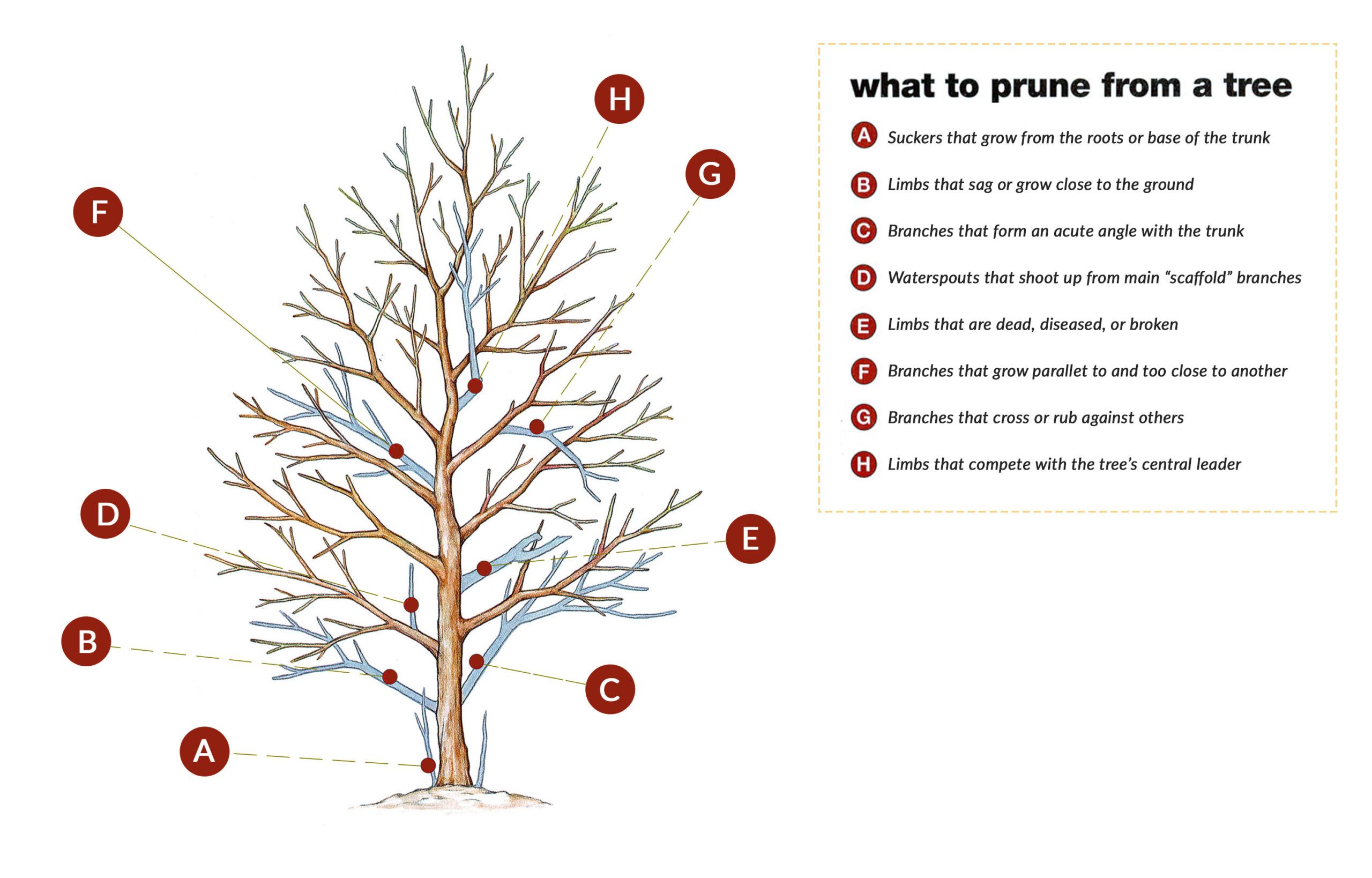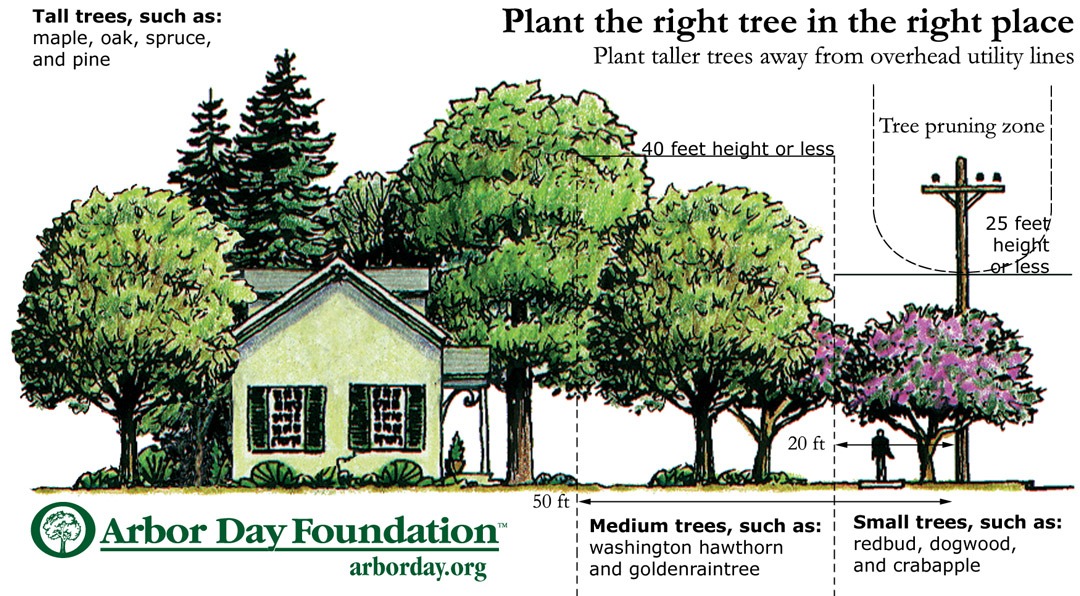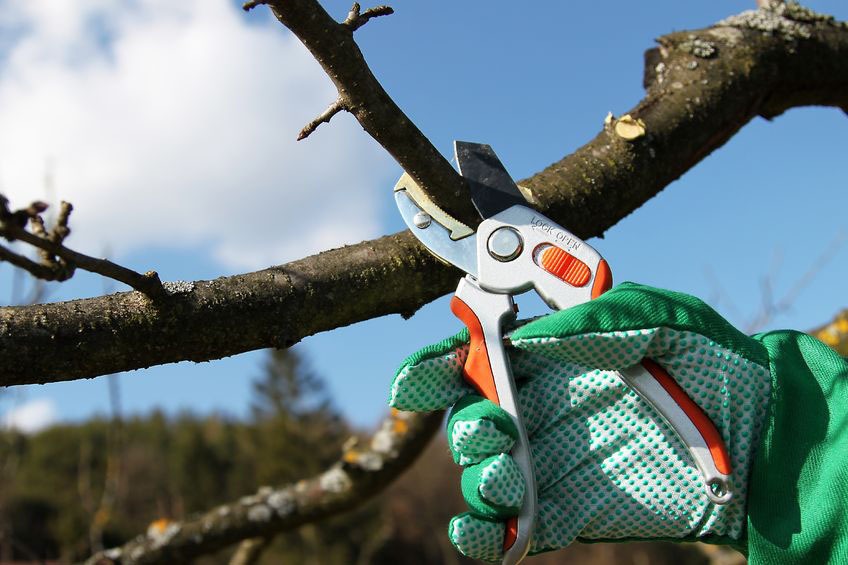Proper tree care is critical for your trees health.
Welcome to Arbor Solutions Tree Service’s Proper Tree Care Page, where we provide essential information and expert guidance on nurturing and maintaining the health and beauty of your trees. Proper tree care is essential for ensuring the longevity, vitality, and safety of your trees, as well as enhancing the overall aesthetics and value of your property. Whether you’re a homeowner, property manager, or landscape enthusiast, understanding the fundamentals of tree care practices is crucial for fostering healthy growth and resilience in your trees. Join us as we explore the key aspects of proper tree care, from pruning and watering to pest management and soil health, and learn how Arbor Solutions can help you achieve your tree care goals with our professional services and expert advice.
Prune Regularly: Regular pruning promotes healthy growth, removes dead or diseased branches, and maintains the overall shape and structure of the tree.
Pruning Techniques: Learn about the importance of proper pruning techniques for maintaining tree health, improving structural integrity, and promoting optimal growth.
Watering Guidelines: Discover the best practices for watering trees, including frequency, timing, and methods to ensure adequate hydration and resilience against drought stress.
Tree Species Selection: Understand the importance of selecting appropriate tree species for your landscape, considering factors such as climate suitability, growth habits, and maintenance requirements.
Seasonal Care Tips: Receive seasonal care tips tailored to your region's climate and environmental conditions, including pruning schedules, frost protection, and storm preparedness.
Professional Consultation: Take advantage of Arbor Solutions' professional consultation services to assess your tree care needs, develop customized care plans, and access expert advice and guidance from certified arborists.
How to properly trim a tree.

Identify Target Branches: Start by identifying dead, diseased, or crossing branches that need to be removed to improve the tree's health and structure.
Use Sharp, Clean Tools: Use sharp and clean pruning tools, such as hand pruners or pruning saws, to make precise cuts without causing unnecessary damage to the tree.
Cut Outside the Branch Collar: Make cuts just outside the branch collar—the swollen area where the branch meets the trunk or larger branch—to promote proper healing and prevent disease entry.
Employ the 3-Cut Method for Larger Branches: When removing larger branches, use the 3-cut method to prevent bark tearing and damage to the tree. Start with an undercut, followed by a top cut, and finish with a final stub cut.
Avoid Over-pruning: Remove only the necessary branches to maintain the tree's health and structure, avoiding the removal of more than 25% of the canopy in a single pruning session.
Consider Natural Growth Patterns: Consider the tree's natural growth habits and shape when making pruning decisions, aiming to maintain its structural integrity and aesthetic appeal.
Seek Professional Guidance: If you're uncertain about proper pruning techniques or dealing with large branches, consult with a certified arborist or tree care professional for expert guidance and assistance.
Watering your Trees

Root Zone Focus: Direct watering efforts to the area surrounding the tree's root zone, typically extending from the trunk to the drip line, where feeder roots are most concentrated.
Avoid Trunk Watering: Refrain from watering directly at the base of the tree trunk to prevent issues like root rot and trunk decay, which can result from prolonged moisture exposure.
Deep Watering: Ensure thorough moisture penetration by using techniques like soaker hoses or drip irrigation systems to deliver water slowly and deeply into the soil, encouraging deep root growth.
Mulching Benefits: Apply a layer of organic mulch around the base of the tree, extending to the drip line, to help retain soil moisture, regulate soil temperature, and suppress weed growth.
Frequency Consideration: Adjust watering frequency based on factors such as soil type, weather conditions, and tree species, aiming to maintain consistent soil moisture levels without overwatering.
Seasonal Adjustment: Adjust watering frequency and duration seasonally to accommodate changing weather patterns and tree water requirements, prioritizing hydration during periods of drought or heat stress.
Tree Species Selection

Environmental Adaptation: Choose trees and plants that are well-adapted to your local climate, soil type, and environmental conditions, ensuring optimal growth and resilience.
Native Species Preference: Give preference to native tree and plant species, as they are naturally suited to the local ecosystem and require minimal maintenance while providing important habitat and food sources for wildlife.
Functional Considerations: Consider the intended functions of trees and plants in your landscape, such as providing shade, privacy screening, windbreaks, or ornamental beauty, and select species that fulfill these purposes effectively.
Size and Space Requirements: Take into account the mature size and space requirements of trees and plants to ensure they have adequate room to grow without overcrowding or competing with other vegetation.
Water Needs: Consider the water requirements of different tree and plant species and select drought-tolerant varieties for areas with limited water availability or where water conservation is a priority.
Long-Term Maintenance: Anticipate the long-term maintenance needs of trees and plants, including pruning, watering, and fertilizing, and choose species that align with your desired level of maintenance commitment.
Seasonal Care Tips

Spring:
- Prune dead, diseased, or damaged branches to promote healthy growth.
- Consider fertilizing trees to provide essential nutrients for vigorous spring growth.
- Monitor for signs of pest and disease activity and take appropriate measures to address issues.
Summer:
- Ensure trees receive adequate water, especially during periods of heat stress.
- Use soaker hoses or drip irrigation systems for efficient water delivery.
- Apply organic mulch around trees to conserve soil moisture and regulate soil temperature.
Autumn:
- Take advantage of the milder weather to plant new trees and shrubs in your landscape.
- Mulch newly planted trees to promote root establishment and winter survival.
- Continue watering trees as needed, especially during dry spells, to prepare them for winter dormancy.
Winter:
- Protect young or vulnerable trees from frost and freeze damage by wrapping their trunks.
- Avoid pruning trees during winter to prevent damage from frost and reduce the risk of attracting pests and diseases.
- Remove snow and ice buildup from tree branches to prevent breakage and damage.


